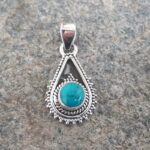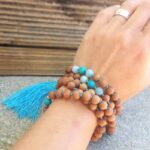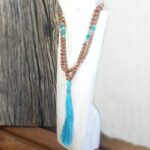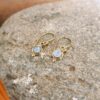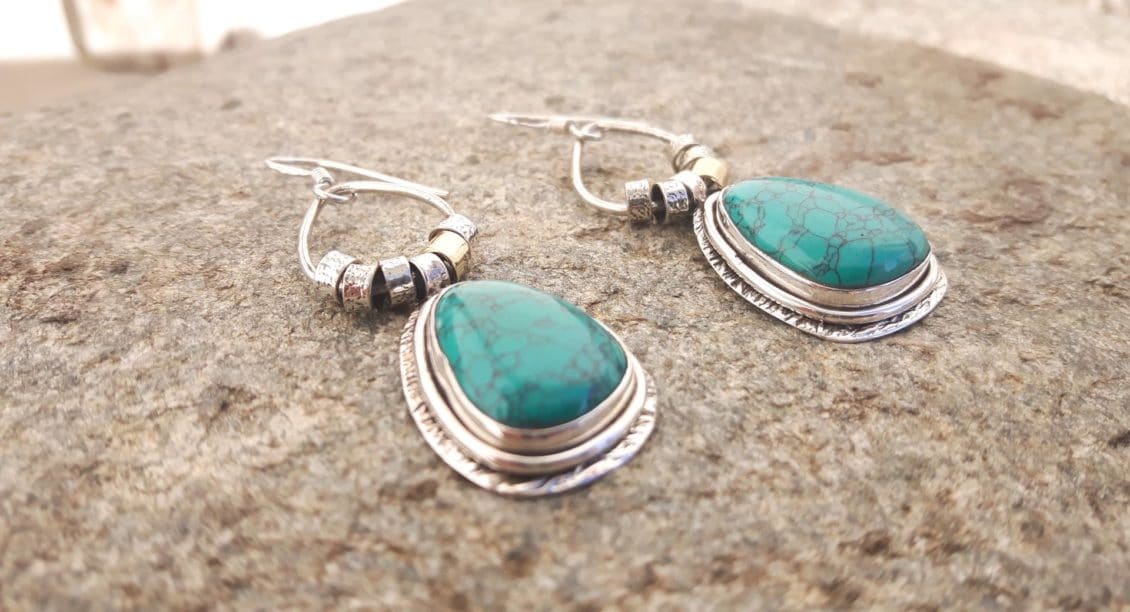
Turquoise offers a variety of colors ranging from light blue to dark blue, veined with black. Turquoise deposits are found in many countries: Tibet, China, Iran, Afghanistan, Mexico, United States (Arizona), Chile, Australia, Israel, Tanzania. Very present in Buddhist, Nepalese, or Tibetan, it symbolizes material and spiritual wealth. Turquoise blue in Buddhism represents the life of humans in their life / death duality and earth / sky wisdom.
Properties of turquoise lithotherapy
In lithotherapy, turquoise is an emblem of courage. This semi-precious stone is also considered to be a source of well-being. It is also a symbol of wisdom. It arouses the nobility of feelings, indulgence and generosity.
Anecdote
The etymology of the name "turquoise" comes from Turkish stone, because it is in Turkey that the Europeans found it (and that although the mineral was imported from Iran). She gave her name to the turquoise color.
Stones and chakras
Turquoise can be used on the neck and throat chakra.
Maintenance of turquoise
Turquoise has a hardness of 5 to 6 out of 10, with 10 being the hardest stone, diamond. Its friable structure makes it delicate to work in jewelry and sensitive to shocks. It is a porous natural stone, it is sensitive to perfumes, to perspiration (jewelry in contact with the skin), to household products, all of which can alter its color.
To maintain your turquoise stones just wash them with clear water. Professional ultrasonic cleaning of jewelery is not recommended for this semi-precious stone.
Turquoise & fair trade jewelry
Omyoki offers turquoise jewelry, designed in France and then handmade by talented artisans in India, Nepal and in Tibetan communities. Original creations, in limited editions, and sometimes as a unique piece. This video puts in image, this history of know-how and craftsmen.
Each workshop was visited, to check the working conditions, the quality of life and the fair remuneration of the craftsmen. A personal relationship has been established with each artisan, around countless teas and spending hours chatting, as it should be in Asian countries.




